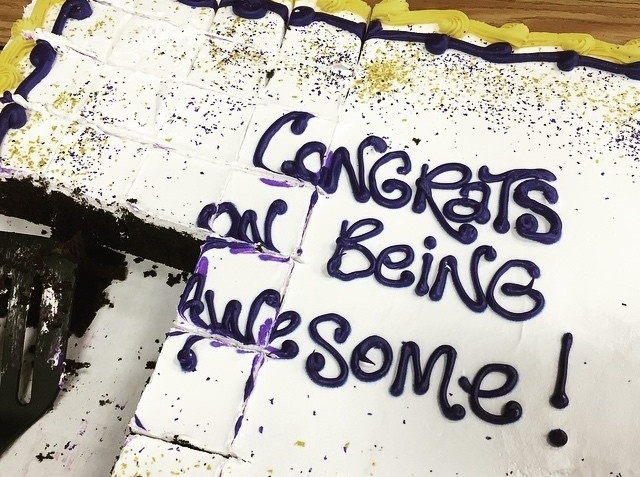In the last seven days, have you received recognition or praise for doing good work? If you answered yes you’re one of the lucky ones, as only 33% of the workforce has, found Gallup. In all honesty my first reaction to this was, can’t employees perform their best without being told “good job” at least once a week? What happened to self-motivation?
I believe my reaction to this may be because those who make up the workforce have shifted quite dramatically in the past couple years and it continues to, with Millennials becoming the largest generation to make up the labor market at 32%, as reported by Deloitte. That’s over 66 million new attitudes, beliefs and values in the workforce. At the same time, millions of Baby Boomers are retiring, further shifting how we think and behave in today’s workplace.
What happens to organizations that don’t act.
If you do nothing to improve the way your company recognizes employees, your organization significantly decreases its’ ability to retain personnel. Gallup finds that employees who don’t feel adequately recognized are twice as likely as those who do feel adequately recognized, to say they’ll quit in the next year.
What to consider in an employee recognition program:
- Who provides the recognition? Ideally it should be both management and coworkers, and if they work with clients and/or partners, all the better to hear from them as well.
- How is the recognition program managed? Software tools prove useful when paired with good old human effort, to ensure it’s getting done and done well.
- How personalized is the recognition to each employee? Praise may be given in a one-on-one meeting between the manager and employee, in a team meeting, with an email or a letter from management, from a coworker from an app, or tied to a tangible reward like a gift card or plaque. Some people hate being in the spotlight and would rather die than receive praise in front of coworkers, others wouldn’t have it any other way. Nonetheless, it’s worth getting your employees thoughts about what may make them uncomfortable or what they would find little value in so it’s worth it for everyone.
- How specific is your recognition? Consider using the SBI approach when offering employees praise; meaning, convey the situation, their behavior, and the impact, so they may fully understand what they did to be recognized and they know to repeat the job well done.
We hope this blog will help you tackle the fourth element of employee engagement. Stay tuned as we continue to count down to element 12!







